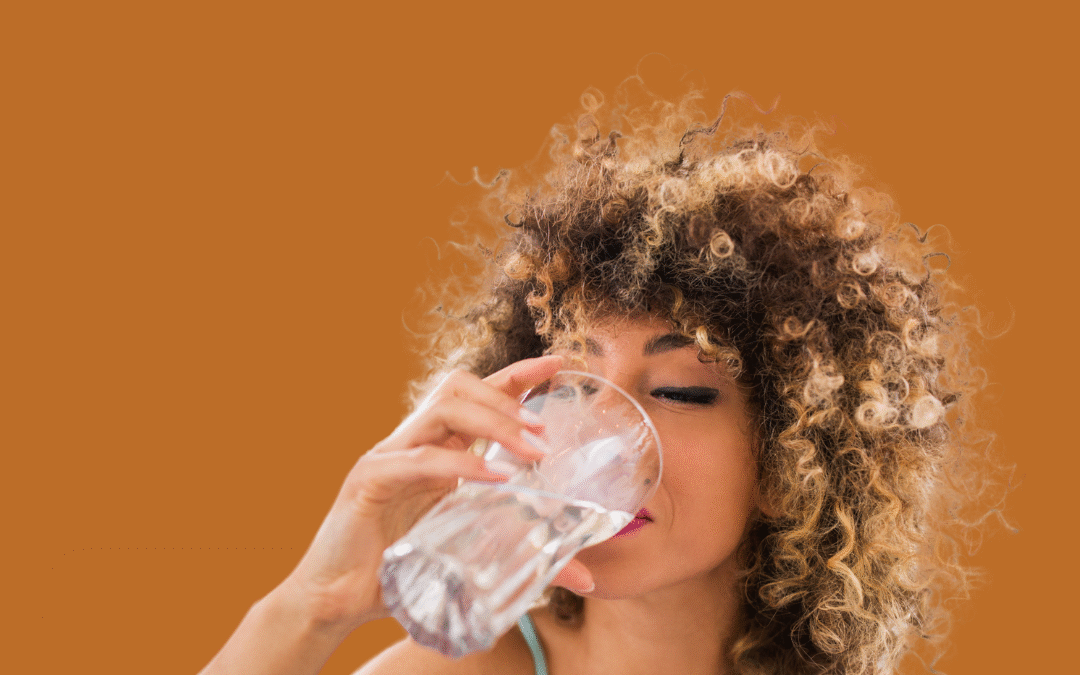What are xenoestrogens
Xenoestrogens are synthetic or naturally occurring compounds that mimic estrogen. Once they sneak into the body, they can:
• Increase estrogenic load
• Interfere with hormone feedback loops
• Influence gene expression related to estrogen
• Worsen estrogen dominant conditions like fibroids, endometriosis, PMS, and some cancers
They mostly enter through what we absorb, inhale, eat, and drink.
Where xenoestrogens hide
A few common categories and culprits:
Plastics
• BPA and BPA replacements like BPS
• Plastic food storage containers
• Receipts with thermal paper
• Plastic water bottles, especially if heated in the sun or dishwasher
Personal care and beauty products
• Parabens
• Phthalates (often hiding in fragrances)
• Chemical sunscreens like oxybenzone
The beauty industry in the US is barely regulated. If your shampoo ingredient list reads like a chemistry exam, your hormones may not love it.
Household and cleaning supplies
• Fragranced cleaners and laundry products
• Air fresheners and scented candles
• Flame retardants in furniture and bedding
If it smells like “Fresh Mountain Breeze” but you are inside your house, it is probably a chemical cocktail.
Pesticides and food exposures
• Conventionally grown produce with high pesticide residues
• Factory farmed meat and dairy with hormone residues
Water supply
• Pharmaceuticals in water systems
• Agricultural runoff
Filtered tap water is your friend.
How to reduce exposure without losing your mind
Harm reduction is the standard here. We focus on the easiest wins that help your body detoxify and rebalance hormones.
Better choices that make an impact
- Swap plastic for glass or stainless steel food storage
- Shop more natural household cleaning products. We like Branch Basics and Common Good as places to start.
- Ditch plastic water bottles and use a reusable one
- Choose fragrance free or naturally scented personal care
- Look for paraben free and phthalate free on labels
- Choose mineral sunscreen like zinc oxide or titanium dioxide
- Buy organic for the Dirty Dozen produce list at a minimum
- Wash hands after handling receipts or better yet refuse them/ask for digital copies
- Use a quality water filter (Hydroviv, Berkey, Aquasana, etc.)
- Vacuum and dust often to reduce flame retardant dust
Your goal is harm reduction, not perfection.
- Support your body’s detox pathways
- Your liver and gut are your real hormone heroes.
- Promote estrogen clearance by:
- • Eating fiber rich foods like veggies, beans, seeds
• Prioritizing cruciferous veggies
• Staying hydrated
• Moving daily to support lymph flow
• Eating probiotic rich foods like sauerkraut or yogurt
• Managing stress so cortisol is not running the show
The bottom line
Xenoestrogens are everywhere, but you are not powerless. With a few upgrades in your home, food, and daily habits, you can lower your exposure and give your hormones a calmer environment to thrive. Small, consistent changes are what protect long term health.


